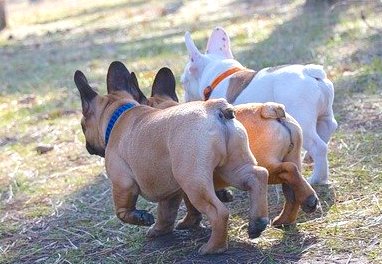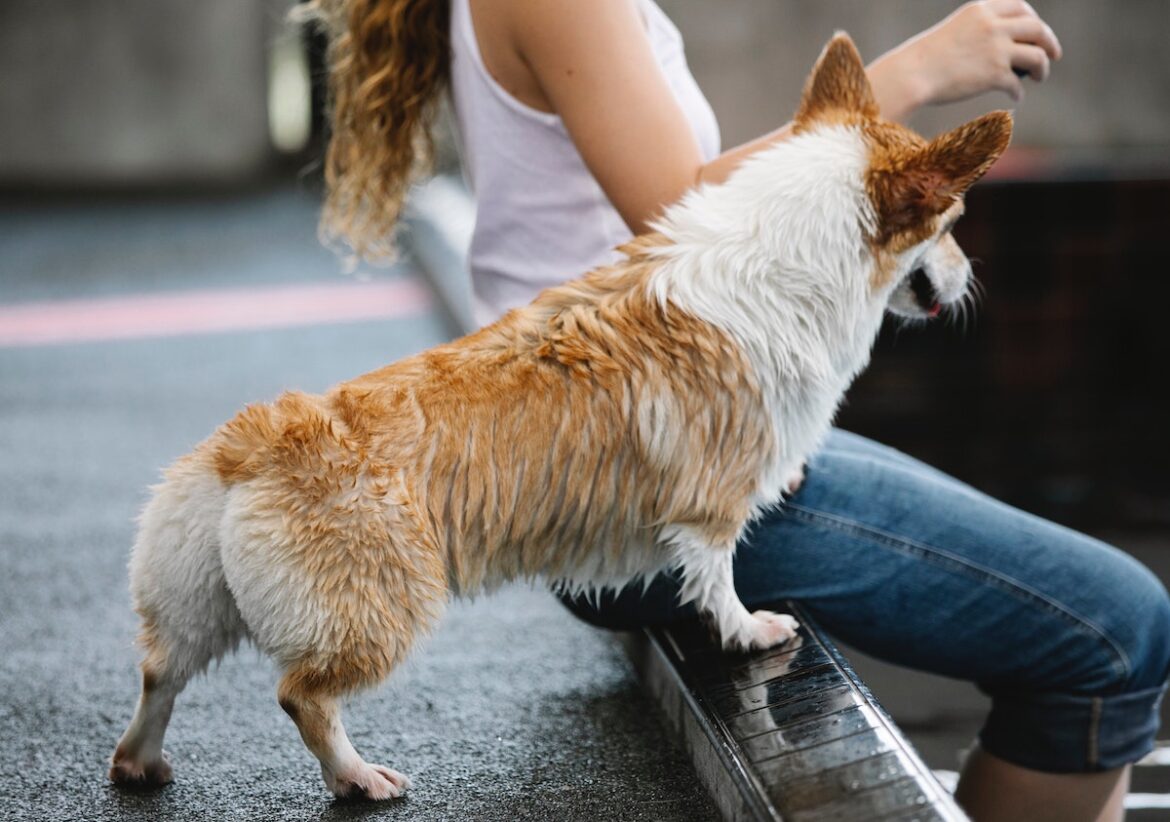Dogs are great pets and amazing companions. They fulfill so many parts of our lives and really are a man’s best friend. As a pet owner, you know your dog inside out. Their habits, their likes and dislikes, and also the ins and outs of how they do their business!
If you have been lost in thought one day while staring at your dog, you might have come across this particularly perplexing question…
Do dogs have butt cheeks? Dogs do not technically have butt cheeks. Their legs connect to their rear and this is a fairly flat surface without the fat that butt cheeks should have. The reason for this is to make passing a stool much cleaner and easier for them, as they aren’t using toilets like humans.
So, while all that fluff might look like two adorable little dog buns, your pup likely won’t be able to shake it like Shakira. Here is a little more on whether or not dogs have butt cheeks!
Do Dogs Have Glutes?

One argument that some people might have to the fact that dogs have butt cheeks, is that they do have gluteal muscles.
These gluteal muscles help dogs extend and abduct the hip joint, which is vital to their everyday movement.
The gluteal muscles are found in the pelvic limb region, at the rear on the top of their legs. Humans have gluteal muscles, but these are often covered in a layer of fat, which gives us bigger-looking butt cheeks.
Dogs, on the other hand, do have gluteal muscles, but they do not have the extra fat or tissue that humans do, so they do not have any noticeable butt cheeks.
Whether or not you classify gluteal muscles as butt cheeks is completely up to you, but visually, the gluteal muscles aren’t very obvious.
So, in conclusion, dogs do not have butt cheeks, no matter how fluffy their behind looks! Dogs do have gluteal muscles, which are vital to their movement, but these do not have the same tissue and fat as human butt cheeks do.
Your dog might look like they do squats while you’re not looking, but this could just be some extra weight they are carrying, gluteal muscular definition, or the fur on their backside growing puffier and longer.
Related Questions
Do Cats Have Butt Cheeks?
Cats do not necessarily have butt cheeks either. They do have gluteal muscles, similar to the ones that humans have in their butt cheeks, but in cats, these muscles are found further away from their actual backside, so it is difficult to qualify them as butt cheeks.
Your cat might have a fluffy behind, and this could seem like butt cheeks, but chances are they’re not!
Why Does My Dog Rub His Butt On The Floor?
Your dog scooting his butt on the floor is a fairly common behavior and is a sign that they might have an anal sac issue. Sometimes, a dog’s anal sac can become clogged or even injured, and this could cause them to scoot around on their butt.
If you notice this continuing, and it does not get better, pay a visit to your vet who might offer treatment advice, and who will be able to confirm that it is nothing more serious.
Why Don’t Dogs Wipe?
Human and dog anatomy is very different, and it explains why we need to wipe after going to the bathroom, and dogs do not. Your dog should not need to have their backside wiped after doing a number 2 unless they are sick or get messy.
Dogs might not be bothered by the smell of poop, but they have their own forms of hygiene that help them stay clean, even without having to wipe!
Not having butt cheeks makes passing stool much easier for dogs. When it is time to go, their sphincter retracts, which helps to keep their backside clean. The absence of butt cheeks means nothing gets stuck or smudged along the way.
Going normally, your dog should not cause any mess at all. There might be the odd time where something gets stuck or matted to their fur, and you will have to use safe wipes or a bath to help clean them (these wipes are my favorite).
Other than this, it is recommended to bathe your dog once a month, using dog-safe shampoo. Not only does this keep them smelling fresh and clean, but it improves their hygiene too.
Up Next: My Dog Keeps Waking Me Up At Night To Poop
